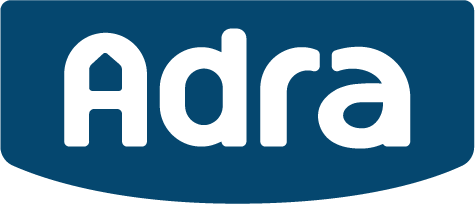Water Hygiene
This page has information on what precautions you can take within your home to protect you from Legionnaires’ disease.
What is Legionnaires Disease
It is an illness contracted by inhaling drops of water contaminated by Legionella bacteria.
The bacteria is actually found in most water systems, but multiplies and becomes dangerous in stagnant water with temperatures between 20°C and 45°C. It is killed in temperatures above 60°C.
Where does it come from
Legionella bacteria are widespread in natural water systems, for example rivers and ponds. However,
the conditions are rarely right for people to catch the disease from these sources.
Outbreaks of the illness occur from exposure to legionella growing in purpose built systems where water is
maintained at a temperature high enough to encourage growth, for example:
- hot and cold water systems
- spa pools
- cooling towers andevaporative condensers used in all sorts of premises (domestic, work and leisure)
How do people get it
People contract Legionnaires’ disease by inhaling small droplets of water (aerosols) suspended in the air containing the bacteria. Certain conditions increase the risk from legionella if:
• The water temperature in all or some parts of the system is between 20°C – 45°C, which is suitable for growth
• It is possible for breathable water droplets to be created and dispersed, e.g. aerosol created by shower heads, water outlets, spa baths
• Water is stored and/or re-circulated
• There are deposits that can support bacterial growth providing a source of nutrients for the organism, for example rust, sludge, scale, organic matter and biofilms
• Outlets are used infrequently
• The system contains dead ends or unused pipe work, e.g. hot water feed for cold fill only machine
Reducing the risk of Legionella – what can I do
The risk of Legionella causing illness in small domestic properties is exceedingly low. Possibly the biggest risk is when you have been away from the property for more than a week or so, for example:
- on holiday
- additionaltaps/showers/toilets that are not used daily.
Good practice in this situation is simply:
• Run the hot water taps (a very unlikely source anyway) for a minimum of 60 seconds
• Flush shower heads for a minimum of 60 seconds (to do this, remove from holder before turning on the shower, then hold down over plug hole to lessen risk of inhaling sprayed droplets)
• Shower heads should be dismantled and cleaned of scale and debris every 3 – 6 months, especially in showers that you know have had infrequent use
• Keep the hot water on your boiler system at a temperature of minimum 60°C Warning: Be aware of scalding!
• Flush the toilet twice to circulate fresh water through the system and empty the cistern
• Check that the cold water system runs cold after 2 minutes
• If you have one ensure the cold water tank lid is closed.
